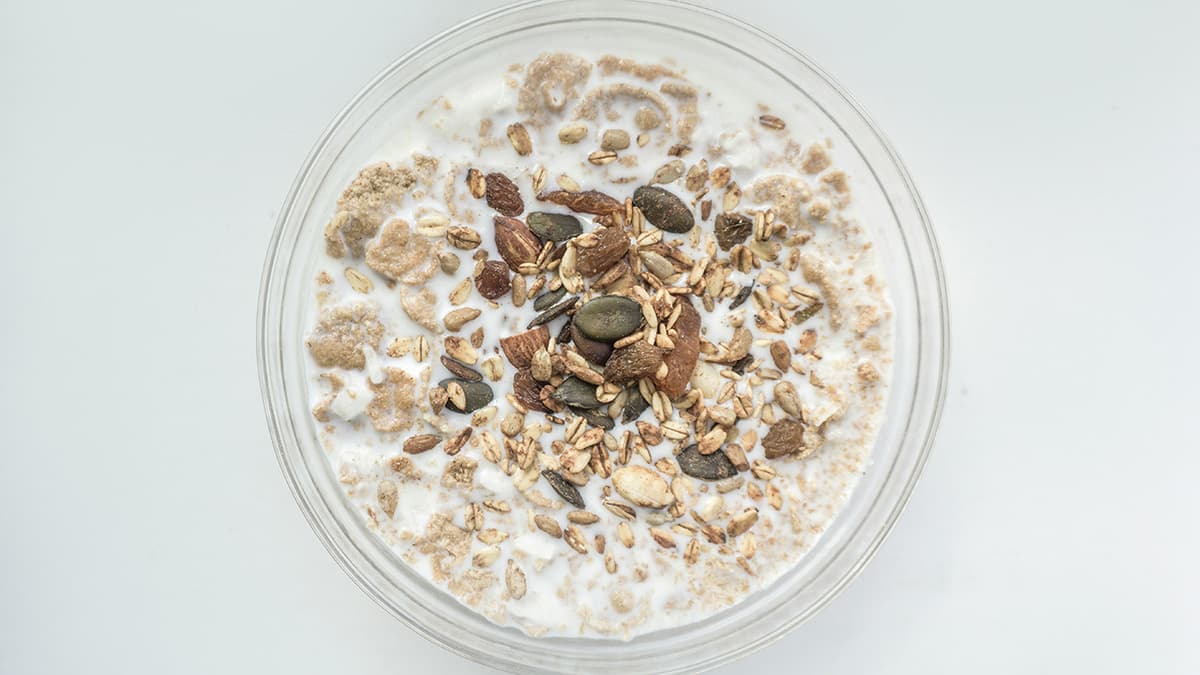Understanding Closures in JavaScript
In the world of JavaScript, closures are a commonly asked about concept that often leaves developers scratching their heads. At their core, closures are powerful and unique features that can sometimes be challenging to grasp initially. However, with a clear explanation and some practical examples, understanding closures in JavaScript can become second nature.
What are Closures?
Closures in JavaScript are functions that retain access to variables from their lexical scope even when the function is executed outside that scope. In simpler terms, a closure is created when a function is defined within another function, and the inner function has access to the outer function's variables. This concept might sound complex, but let's break it down with an example.
Javascript
In the above code snippet, innerFunction is defined inside outerFunction and has access to the outerVariable. When innerFunction is called within outerFunction, it can still access and use the outerVariable even though it is technically outside the scope of outerFunction. This ability of the inner function to "remember" its lexical scope is what forms a closure.
Why are Closures Important?
Understanding closures is crucial for writing efficient and maintainable JavaScript code. Closures allow functions to access variables that would otherwise be out of scope, enabling developers to create more modular and encapsulated code. They are often used in scenarios like event handlers, callbacks, and as a way to achieve data privacy in JavaScript.
Consider the following example where closures can be beneficial:
Javascript
In this code snippet, createCounter returns an object with increment and decrement methods that have access to the count variable within the outer function's scope. This way, the count variable is protected from external modifications and maintains its state between function calls, thanks to closures.
Practical Use Cases of Closures
Closures can be applied in various real-world scenarios to enhance the functionality and efficiency of JavaScript code. Some common use cases where closures excel include:
1. Encapsulation and Data Privacy
Closures are an excellent tool for creating private variables and methods in JavaScript. By using closures, developers can encapsulate data within a function and only expose the necessary interfaces to the outside world. This approach helps in preventing unintended modifications to the internal state of an object.
Javascript
In the above example, the result variable is encapsulated within the createCalculator function, and only the add, subtract, and getResult methods have access to it, ensuring data privacy and preventing direct manipulation of the result variable.
2. Event Handlers and Callbacks
Closures are commonly used in event handling and callbacks to maintain references to variables even after the outer function has finished executing. This behavior is essential when dealing with asynchronous operations or handling user interactions in web applications.
Javascript
In this example, the clickHandler closure retains access to the count variable, allowing it to increment and log the number of times a button is clicked. The closure ensures that count persists its value across multiple click events without the need for a global variable.
3. Partial Function Application
Closures can also be leveraged to create partial functions by pre-filling some of the arguments of a function for later invocation. This technique is useful when you have a function with multiple parameters, and you want to reuse it with specific pre-set values.
Javascript
By creating a closure using the multiply function, we can generate new functions like double and triple with pre-set values that can be easily reused. This approach simplifies the code and increases code reusability.
Closures are a fundamental concept in JavaScript that plays a vital role in creating robust, modular, and functional code. By understanding how closures work and incorporating them into your coding practices, you can unlock new possibilities for building efficient and elegant JavaScript applications.












